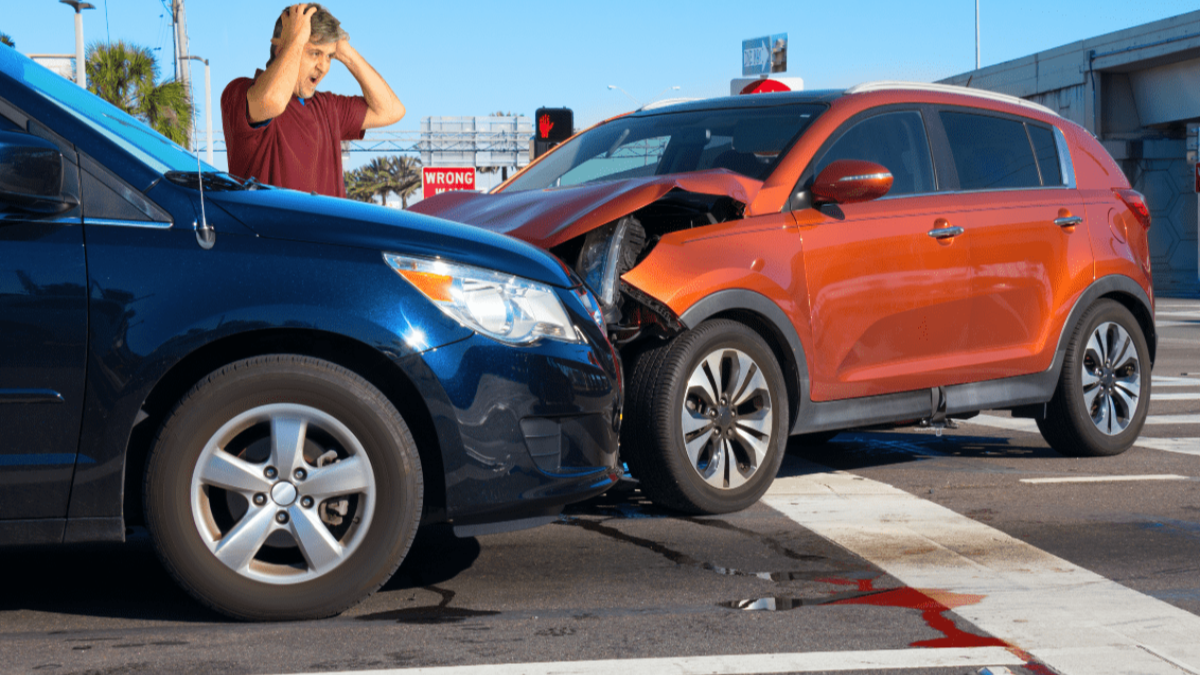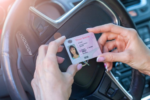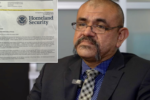Maryland’s right-of-way laws are critical for ensuring road safety and efficient traffic flow. These laws govern who must yield in various scenarios, from busy intersections to pedestrian crossings. By understanding and following these rules, drivers, pedestrians, and cyclists can contribute to safer roads across the state.
Right of Way at Intersections
Intersections are common areas for misunderstandings regarding the right of way. In Maryland, vehicles already in an intersection have the right of way. At four-way stops, the first vehicle to arrive and come to a complete stop is given precedence. If two vehicles arrive simultaneously, the driver on the right proceeds first.
At uncontrolled intersections, drivers must yield to vehicles approaching from the right.
Pedestrian Crossings
Maryland law prioritizes pedestrian safety. Drivers are required to yield to pedestrians in marked crosswalks and at intersections without signals. Pedestrians, however, are responsible for not stepping into the path of a vehicle suddenly.
Special attention should be given near schools, parks, and urban areas.
School Zones and Buses
School zones require heightened awareness and reduced speed. When a school bus stops with its lights flashing or stop arm extended, traffic in both directions must come to a complete stop, unless the roadway is divided by a physical barrier.
Failing to stop for a school bus can result in significant penalties. For more information, check out the Maryland State Department of Education.
Emergency Vehicles
Maryland’s laws are clear about yielding to emergency vehicles. When an emergency vehicle approaches with flashing lights or sirens, drivers must pull over to the nearest curb and stop until the vehicle has passed. For stationary emergency vehicles, drivers are required to move over or slow down significantly to ensure the safety of first responders.
Turning and Yielding
Drivers making left turns must yield to oncoming traffic and pedestrians. Similarly, vehicles entering a roundabout must yield to those already inside. These rules help maintain orderly traffic flow and reduce the risk of collisions.
Cyclists and Shared Roadways
Cyclists in Maryland have the same rights and responsibilities as motorists. Drivers must yield to cyclists when turning or merging into bike lanes. Cyclists, on their part, are expected to obey all traffic signals and right-of-way rules.
Common Violations and Penalties
Ignoring right-of-way laws can lead to accidents and legal repercussions. Common violations include failing to yield at stop signs, ignoring pedestrian crossings, and not yielding to emergency vehicles. Penalties for such infractions can range from fines to points on a driver’s license, with repeat offenses leading to harsher consequences.
Pedestrian and Driver Responsibilities
Both pedestrians and drivers have a role to play in maintaining road safety. Pedestrians should use designated crosswalks and avoid stepping into traffic without warning. Drivers must remain vigilant, especially in areas with high foot traffic, and always be prepared to yield when necessary.
Educational initiatives from the MDOT Highway Safety Office aim to raise awareness and reduce road incidents involving pedestrians and drivers.
Conclusion
Maryland’s right-of-way laws are essential for ensuring the safety and efficiency of the state’s roadways. By understanding and adhering to these laws, road users can help create a safer environment for everyone. For further information and updates, Awareness and compliance are key to minimizing accidents and fostering a culture of safety on Maryland’s roads.
Disclaimer – Our team has carefully fact-checked this article to make sure it’s accurate and free from any misinformation. We’re dedicated to keeping our content honest and reliable for our readers.








